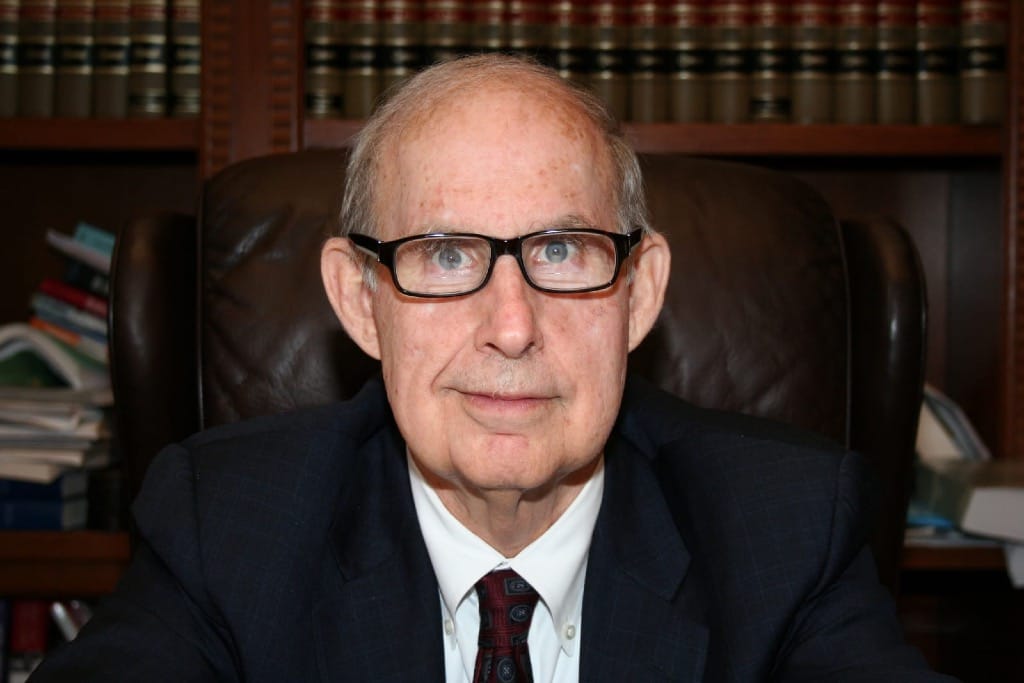Listen to the article
A federal judge has allowed a False Claims Act case involving the E-Rate program to proceed to trial, marking a significant development in oversight of the educational broadband subsidy initiative.
The decision comes months after a February Supreme Court ruling that determined the False Claims Act could be applied to the E-Rate program, which provides discounted telecommunications services and internet access to schools and libraries across the United States.
U.S. District Judge Lynn Adelman rejected arguments to dismiss the case, which alleges misuse of federal funds intended to expand connectivity in educational institutions. The lawsuit targets service providers accused of submitting false or misleading claims for reimbursement under the program.
The E-Rate program, administered by the Universal Service Administrative Company under Federal Communications Commission oversight, distributes approximately $4 billion annually. It represents one of the government’s most substantial efforts to bridge the digital divide in education, covering between 20 and 90 percent of costs for eligible schools and libraries, with higher subsidies directed toward institutions in lower-income and rural areas.
Industry experts note that this case could have far-reaching implications for telecommunications companies and internet service providers that participate in the program. With the False Claims Act allowing for treble damages and significant penalties, service providers face heightened scrutiny of their compliance protocols.
“This decision signals a new era of accountability for the E-Rate program,” said telecommunications attorney Rebecca Thornton, who specializes in regulatory compliance. “Companies that have been casual about documentation or competitive bidding requirements will need to implement much more rigorous controls.”
The Supreme Court’s February ruling clarified that misrepresentations made to obtain E-Rate funding can trigger liability under the False Claims Act, resolving years of legal uncertainty about whether the law applied to programs funded through fees rather than direct congressional appropriations.
The case highlights ongoing concerns about program integrity in federal broadband initiatives. According to a recent FCC Office of Inspector General report, the E-Rate program has faced persistent challenges with competitive bidding violations, ineligible service claims, and document retention issues.
Education advocates view the legal proceedings as a potential opportunity to strengthen a program that has become increasingly vital in the post-pandemic educational landscape, where remote and hybrid learning models demand reliable internet connectivity.
“E-Rate has been instrumental in connecting thousands of schools, but we must ensure those resources reach their intended recipients,” said Maria Cantwell, director of the Educational Technology Initiative, a nonprofit that works with underserved schools. “When companies game the system, it’s students in the most vulnerable communities who ultimately lose access to educational opportunities.”
The case also occurs against the backdrop of broader federal investment in digital infrastructure, including the $42.5 billion Broadband Equity, Access, and Deployment program and other initiatives stemming from the Infrastructure Investment and Jobs Act.
Telecommunications industry groups have expressed concern about the expanding application of the False Claims Act to various subsidy programs, arguing it could create uncertainty and potentially discourage participation in federal broadband initiatives.
“Companies need clear guidelines and reasonable enforcement approaches,” said James Harrington, policy director at a telecom industry association. “The risk of False Claims Act liability, with its potential for massive penalties, could make some providers hesitant to participate in critical connectivity programs.”
The Department of Justice has increasingly prioritized False Claims Act enforcement in telecommunications subsidy programs in recent years, viewing them as vulnerable to fraud and misrepresentation due to their complex regulatory requirements and significant funding allocations.
The trial is expected to provide important precedent for how strictly courts will interpret program requirements and what level of intent or knowledge is necessary to establish liability for alleged violations.
Legal observers anticipate the case will be closely watched by stakeholders across the telecommunications industry, educational institutions, and government oversight agencies as it could reshape compliance standards for federal connectivity programs for years to come.
Verify This Yourself
Use these professional tools to fact-check and investigate claims independently
Reverse Image Search
Check if this image has been used elsewhere or in different contexts
Ask Our AI About This Claim
Get instant answers with web-powered AI analysis
Related Fact-Checks
See what other fact-checkers have said about similar claims
Want More Verification Tools?
Access our full suite of professional disinformation monitoring and investigation tools




8 Comments
The E-Rate program plays a vital role in connecting schools and libraries, particularly in underserved communities. It’s troubling to see allegations of fraud and misuse of these public resources.
Absolutely. Proper oversight and enforcement are needed to protect the integrity of this impactful program.
The outcome of this trial could have significant implications for the future of the E-Rate program and the government’s efforts to expand digital access in education. I’ll be following this story closely.
Agreed, the stakes are high. Proper administration of this program is essential for bridging the digital divide.
This case highlights the importance of oversight and accountability in government subsidy programs. Ensuring taxpayer funds are used responsibly and as intended is crucial, especially for initiatives aimed at bridging the digital divide in education.
Agreed. Misuse of these critical educational technology funds is unacceptable and must be addressed.
Allegations of subsidy fraud in the E-Rate program are concerning. Ensuring responsible use of public funds is critical for maintaining trust and effectiveness of this important initiative.
This case raises important questions about transparency and accountability in the administration of the E-Rate program. Responsible use of these funds is critical for achieving the program’s goals.